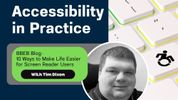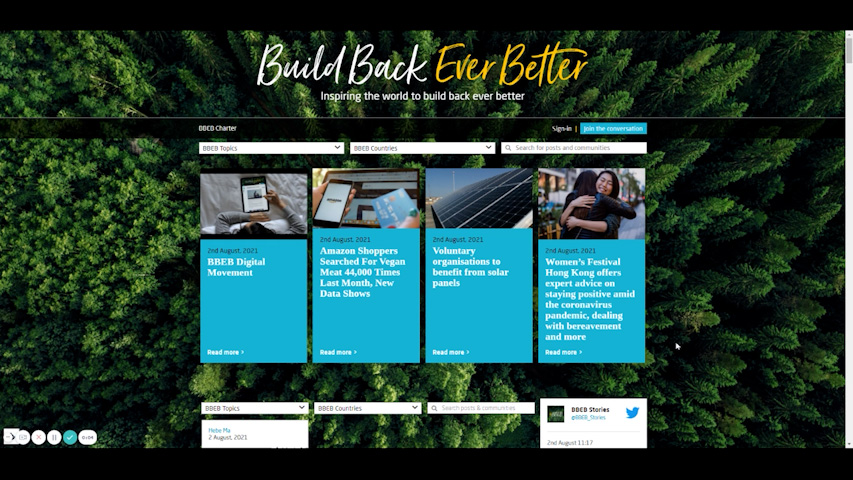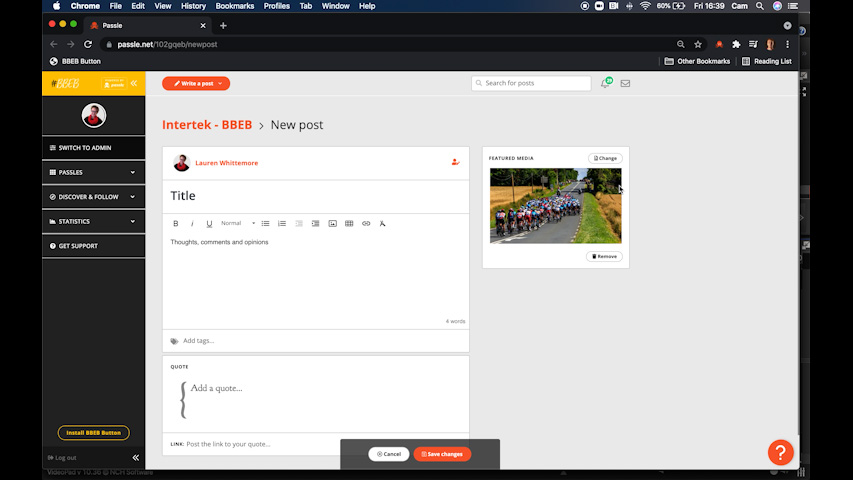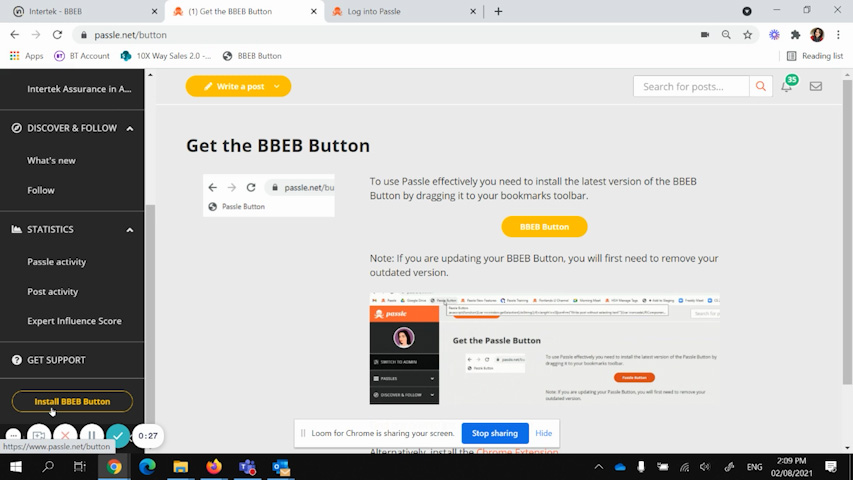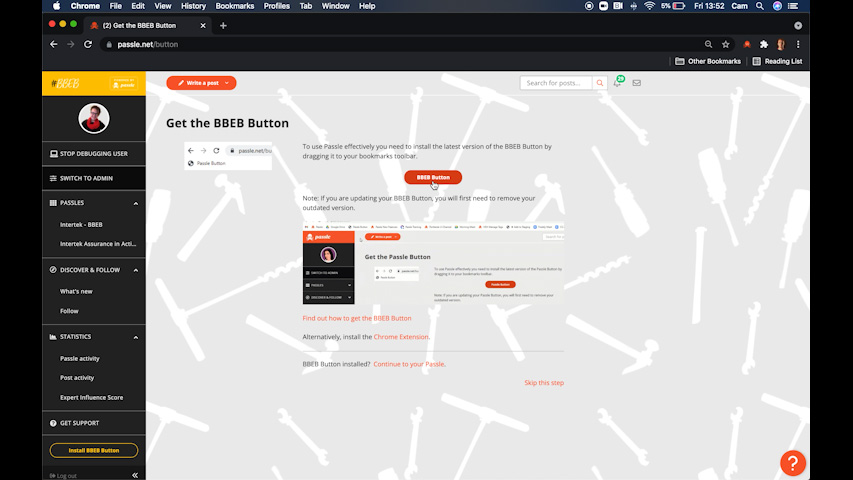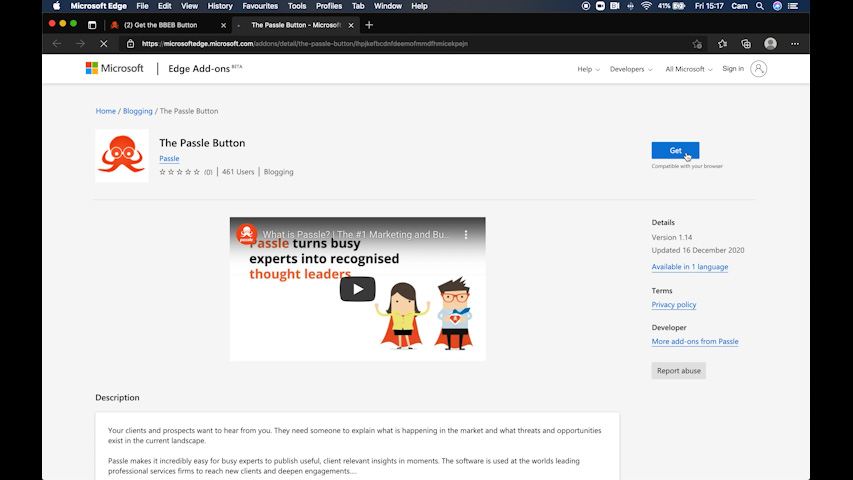What does access look like? Keely Cat-Wells shared this post by Ellen Joneis on Linked In
"I'm asked this all the time both as someone who is an autistic person and as someone who works with organisations to make them more inclusive. To me the answer is: how long is a piece of string?
Generally, venues or events describe themselves as accessible if they have a ramp in place (not even a functional or good ramp).
In reality, access look like many different things. It looks like thinking about the barriers disabled people might face and actively working to combat them.
It looks like:
- a range of seating options e.g. with armrests and without
- automatic doors
- scent-free spaces
- tactile paving and floor tiles
- wide doors & hallways
- free carer tickets & sliding scale prices
- ramps
- content warnings
- accurate captioning and transcripts
- sign language interpretation
- braille & large print formats for text
- easy-read versions
- clear allergy labelling
- no flashing / strobing lights
- audio-described videos
- alt-text and image descriptions
- induction loops
- accessible toilets
- quiet spaces
- level access throughout
And so, so much more. What else would you add to my list?
Image description: a lilac background the mindmap says 'what access actually is *a non exhaustive guid and is surrounded by the list above."
Everything in this post has been created by and reposted from Ellen Jones (who I highly recommend following!)
In reality, access look like many different things. It looks like thinking about the barriers disabled people might face and actively working to combat them.






